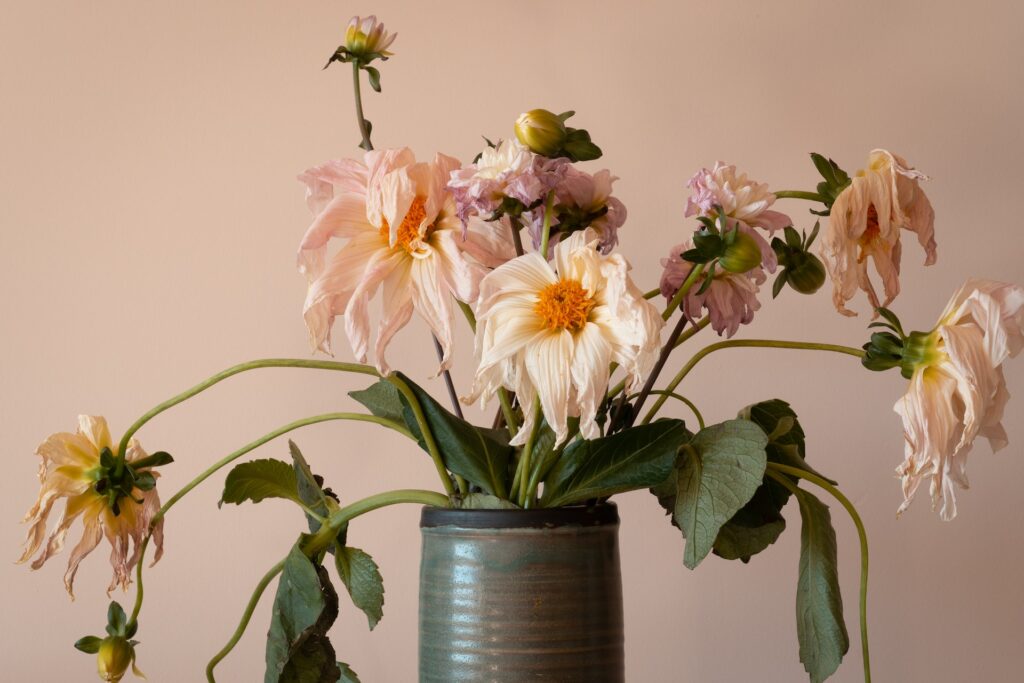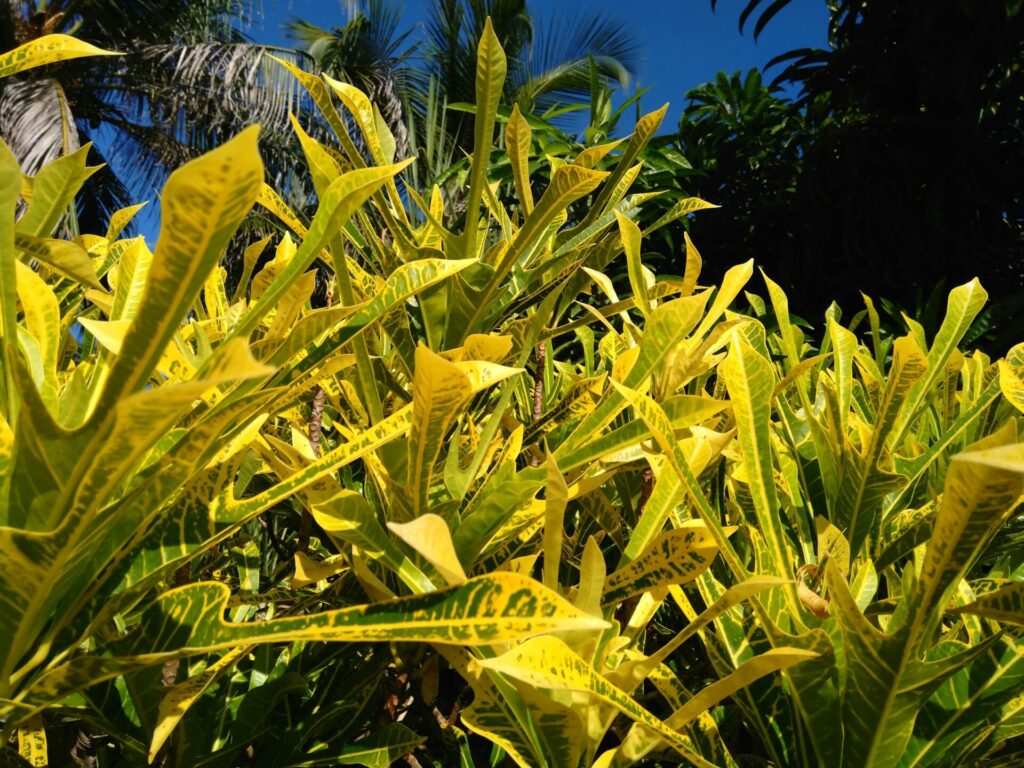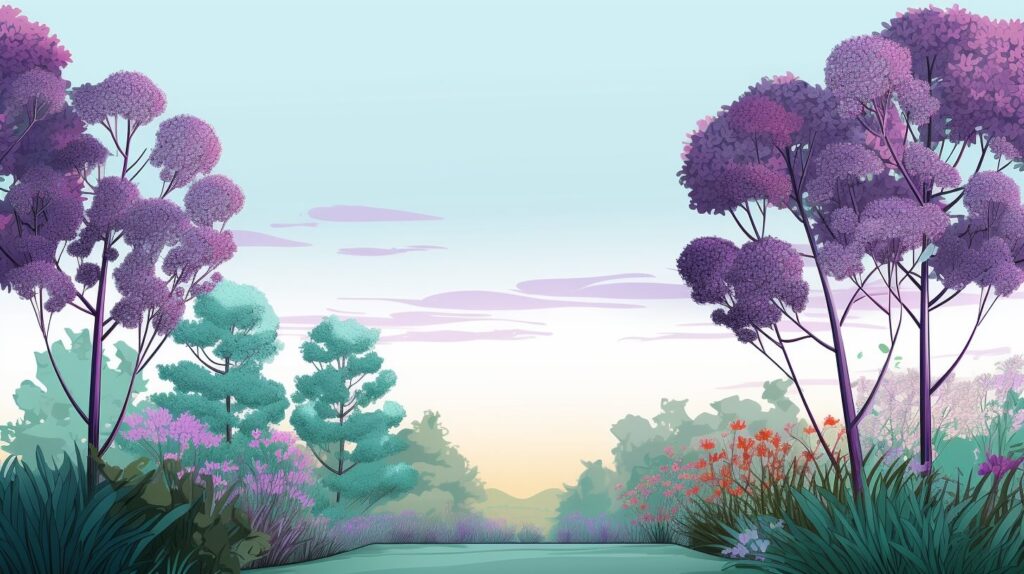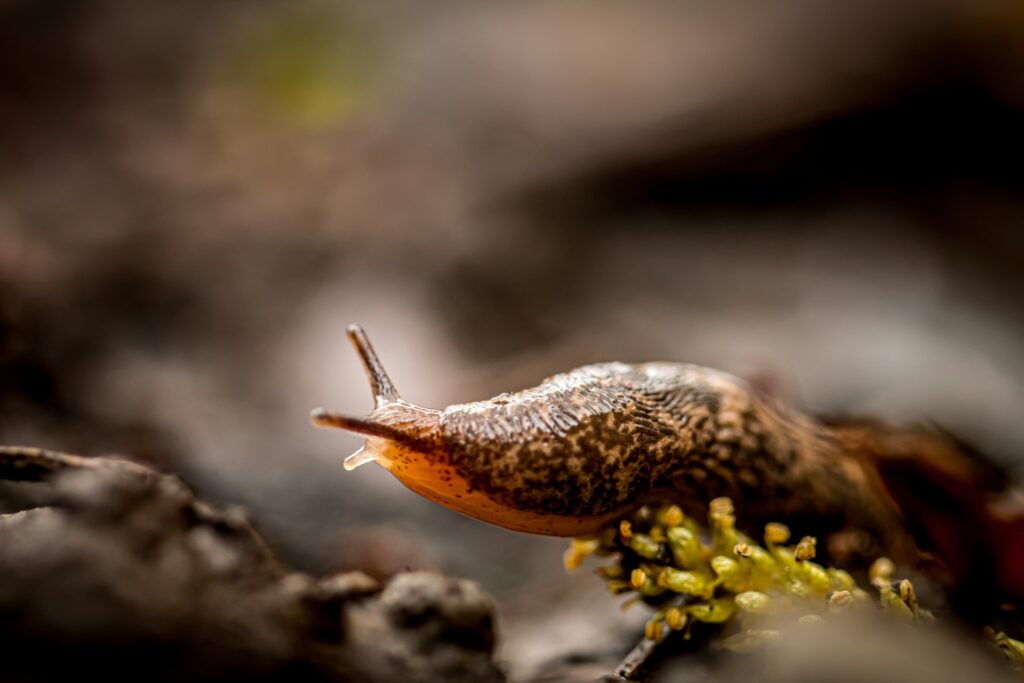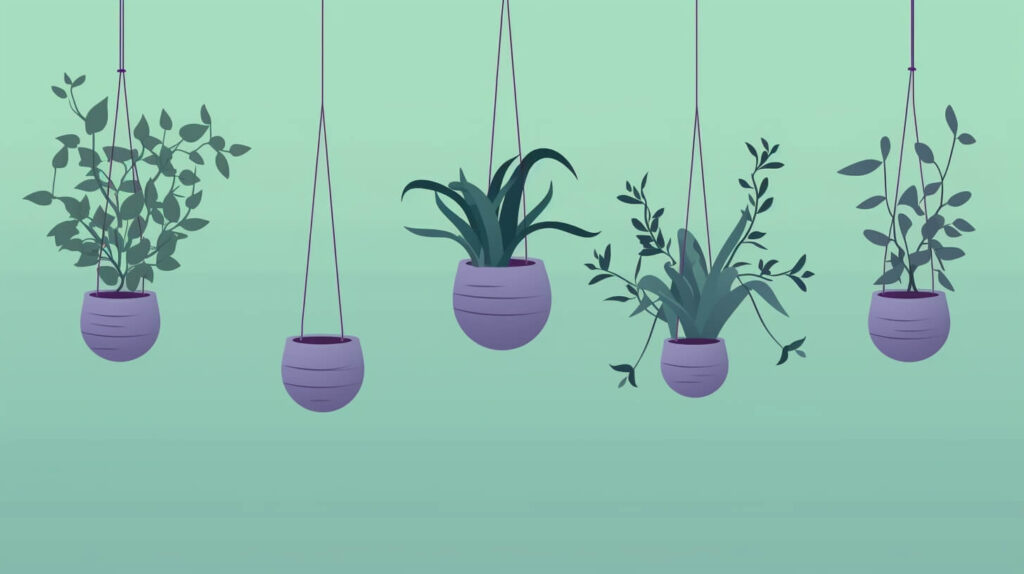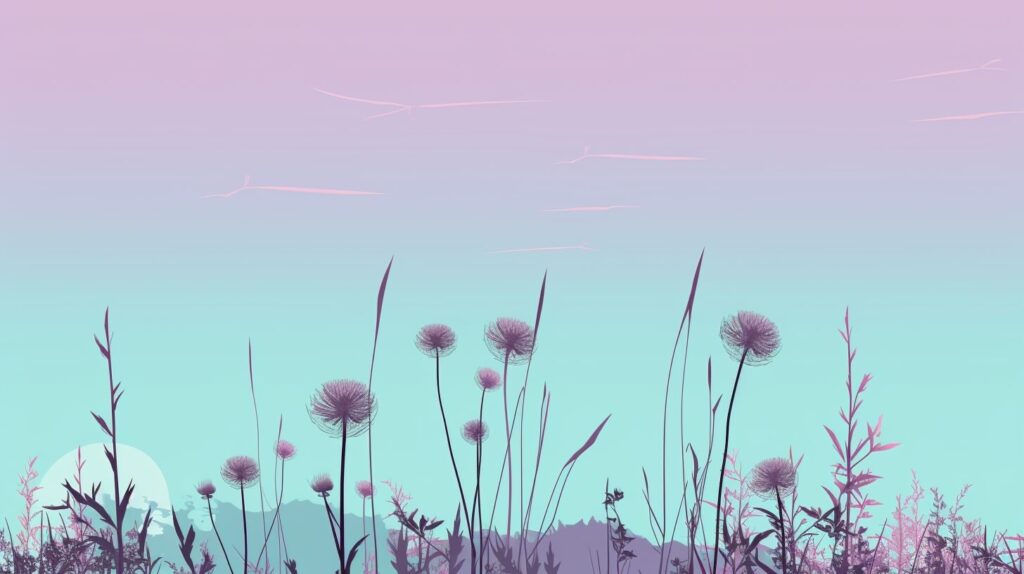
We are reader-supported. When you buy through links on our site, we may earn an affiliate commission.
Beautiful gardens can delight anyone’s eyes, but they do require work. To have a properly functioning garden, you must research the best garden flowers that can thrive in your climate, as well as when to water them and what animals or pests to watch out for.
Around 90 million homes in America have active gardens. Gardens are popular for a reason: they’re full of gorgeous life that can give you food and increase the beauty of your house. The benefits of having a garden far outweigh the drawbacks of manual labor for the upkeep of it.
Why You Should Have a Home Garden
Gardens aren’t for everyone, but every person can cultivate a beautiful garden that can provide them with an array of health benefits. If you’re physically able to tend to a garden, you should consider starting one, no matter how small. Many plants require very little care to thrive in your yard.
People who take up gardening as a hobby are more likely to be active and get their recommended amount of exercise, which can lower your risk of numerous diseases and ailments. Being out in the sun, while at times uncomfortable, can get you the Vitamin D you need to stay healthy.
Similarly, just being in your garden can help lessen depressive symptoms, especially in older adults, and reduce stress and anxiety. Plus, growing food in your garden can bring you health benefits, like getting your daily dose of fruits and vegetables, since it’s more easily accessible and completely free. Don’t feel like you have to grow food right off the bat, though — you’ll find plenty of flowers that would love to be your trial plants.
20 of the Best Garden Flowers for Newbies
Flowers are a great first addition to a growing home garden. While you can later expand into adding trees, fruit-bearing plants, and crops or clever landscaping, many flowering plants are forgiving and great for beginners. Besides, with these flowers, you can cut off their blooms and enjoy them in your home year-round.
1. Sunflowers
Sunflowers, as their name suggests, are at their happiest when they’re in sunlight. Since they’re in direct sunlight so often, though, they need regular watering. They might also need support to help them grow as tall as they should.
2. Zinnia
These flowers are great because bees, the ultimate pollinators, absolutely love them! You’ll be providing honeybees with a much-needed source of food and add some beauty to your garden all at once. Zinnia thrive in a sunny yet sheltered environment. They can tolerate having less sun, but you’ll see fewer flowers from them as a result.
3. Marigolds
Marigolds are common flowers that are notoriously easy for beginning gardeners to care for. They grow quickly from seeds and produce flowers within around two months. They’re the type of plant you can grow in containers or on the ground, but either way, they prefer to have fertile soil and full sunlight. They can help ward off mosquitoes, too, so they’re a must-have in any garden with seating!
4. Impatiens
These flowers bloom from early summer to late winter, so they’re an excellent choice for year-round blooms in your garden. They also attract birds, which can be great if you or someone in your household is a birdwatcher. They need part shade or full shade and moist soil to grow their best.
5. Cosmos
Cosmos are pollinator plants, and the more you cut them, the more flowers they will produce. It’s an excellent choice if you want to keep flowers in your home for much of the year. Cosmos will continue growing in an area as long as there’s enough room for them. They’re an extremely low-effort plant that rewards you with beautiful flowers for indoor vases.
6. Morning Glories
This flower is a climber, so it’ll look great along a fence or an arch. In addition to creeping up walls or over structures, they grow fast. Like weeds, they’re self-sowing, meaning that more of them will pop up even if you didn’t plant them yourself. As such, you must plant morning glories in a spot you don’t mind more growing. Their seeds are toxic, though, so watch out for kids and pets when they’re in your garden.
7. Daylilies
The great thing about daylilies is that they’re very tolerant of humid environments. They thrive best if planted in the spring, and they’re an excellent choice for covering large areas of your garden in a warm color. Daylilies like full sun and plenty of water in the summertime.
8. Showy Stonecrop
Showy stonecrop is part of the larger Sedum family, which is full of varieties of different colors, but all of them are easy to care for. These flowers like to be fully immersed in sunlight, and they live through droughts and dry spells without issue.
9. Begonias
Begonias are some of the best garden flowers for beginners because they can teach you the basics of how to treat plants. They’re rich in color, so they’ll add beauty to your garden. They require fertile soil and slight sunlight with slight shade. They also need consistent, but not constant, watering, which can help train you into adopting good gardening habits.
10. Sweet Peas
These flowers are also climbers, but they need plenty of support as they grow. They thrive best in a sunny spot with plenty of water. If you plant them in the ground, keep an eye on them while they’re young — mice love to snack on these plants.
11. Peonies
Peonies thrive in both warmer and cooler climates. They enjoy having the full brunt of sunlight on them and do best in well-drained, not waterlogged, soil. You should strive to keep them out of the wind so it doesn’t jostle their delicate blooms.
12. Pansies
Pansies are a great way to keep color in your garden during the winter. They do best with moist soil and with a bit of shade, but not too much. If they go to seed, they won’t create more flowers, so you should cut off the seed buds that you see for the plant to continue flowering.
13. Phloxes
Phloxes are spring and summer flowers that require full sun and are immensely easy to grow, making them perfect for beginners. They may not be a common flower, but they come in several colors to match any garden. They’re also compact and can easily fill in any gaps you have in your garden.
14. Geraniums
These flowers are low-maintenance but still need an average level of care. They require full sunlight or shade in warmer climates and regular watering to promote their growth. They’re beautiful in any part of your garden, whether in the ground, in flower boxes, or in hanging baskets.
15. Daffodils
Daffodils are cute flowers that can contribute a sunny feel to your garden. Like the shining effect their appearance can have on people, they like full sun or partially shaded areas. They also need well-drained soil so their roots don’t become heavy and soggy.
16. Hostas
This green plant boasts veins of different colors, making it an excellent accent plant for your garden. Hostas boast downward-facing flowers that need partial shade to grow their best. You have to watch out, though: numerous animals and pests like hostas, so you should buy slug-resistant kinds and watch out for deer that may wander into your garden for a snack.
17. Fuchsias
Fuchsias are great for adding color to your garden, but they don’t like the heat much. They love moist soil in partial shade. A great thing about fuchsias is that they produce edible berries that can be used in a jam. If you want to try your hand at making something using the fruits of your garden, fuchsias are a great place to start.
18. Salvias
Salvias are perfect plants for pollinators. They don’t need consistent watering, either, so they’re forgiving if you miss a day of watering or two. Just remember that they do still need some care, though. Forgetting about them completely won’t be setting salvias up for success.
19. Coneflowers
These flowers are pretty versatile. They do well in full sunlight and don’t shy away from the heat that drought brings. These resilient plants also attract pollinators, making your garden more eco-friendly.
20. Goatsbeards
This plant is tough. It can survive through most weather conditions, including tornadoes. If planted in the right place, these large plants can survive for nearly a century. They are an investment, though — they might take a few years to grow fully, so you should be patient and await the fully matured form of a goatsbeard in your garden.
Small Gardens Call for the Best Garden Flowers
You shouldn’t expect to manage large plants that require much care or regulation when you’re first starting. It’s best to begin with easy-to-care-for flowers that will train you into a habit of gardening every day. Gardening can provide you with daily exercise, among other health benefits, and it’s a great hobby to start if you want to grow your food and surround yourself with dozens of beautiful flowers.
